How Eclipses Revealed Our Solar System
Of all the astronomical phenomena you can witness, the total solar eclipse has to be the most visceral--the most in-your-face reminder that our reality consists of giant balls of rock spinning around stars. It's also the eclipse and phenomena like it that set us on the path to understanding that reality in the first place.
Episodes
-
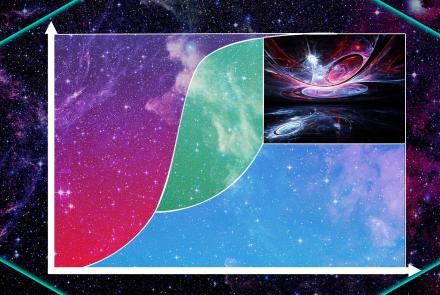
How Can Matter Be Both Liquid And Gas?
S8 E36 - 15m 19s
Supercritical Fluids are one the strangest states of matter and yet they are found everywhere from Decaf Coffee, to dry cleaning, to the atmosphere of Jupiter. But it's not solid, liquid or gas, but is also not confined to extreme or rare environments. In fact, there are planets in our solar system completely covered with oceans of the stuff, and you’ve often been the beneficiary of its powers.
-
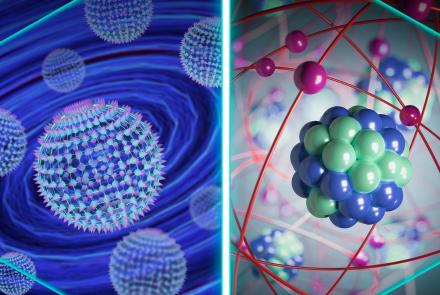
How Are Quasiparticles Different From Particles?
S8 E35 - 15m 31s
The device you’re watching this video on is best understood by thinking about positive and negative charges moving around a circuit of diodes and transistors. But the only elementary particle actually flowing in the circuit is the negatively charged electron. And yet those flowing positive charges are there, in the form of a particle you may never have heard of.
-
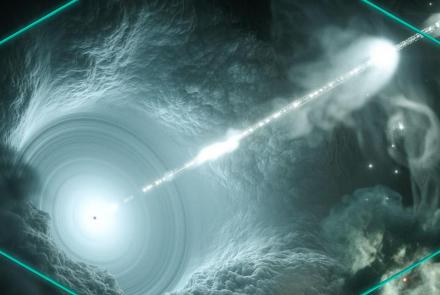
How To See Black Holes By Catching Neutrinos
S8 E34 - 12m 53s
Neutrinos are one of the most bizarre of known particles. Black holes are probably the most bizarre of astrophysical objects. Makes sense we should use one to study the other, no? Well, we’re doing just that.
-
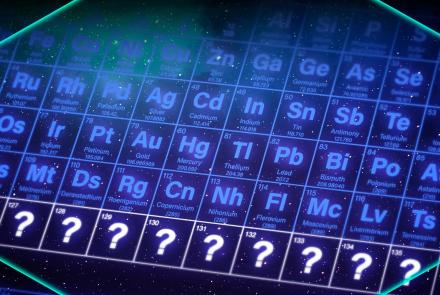
Are there Undiscovered Elements Beyond The Periodic Table?
S8 E33 - 16m 13s
Adamantium, bolognium, dilithium. Element Zero, Kryptonite. Mythril, Netherite, Orichalcum, Unobtanium. We love the idea of fictional elements with miraculous properties that science has yet to discover. But is it really possible that new elements exist beyond the periodic table?
-

What If Humanity Is Among The First Spacefaring Civilization
S8 E32 - 15m 30s
Half of the universe is filled with expansionist alien civilizations, and it’s only a matter of time before they’ll reach us. OK, that sounded a little sensationalist. But it’s also the conclusion of a recent astrophysics paper. Let’s see how they figure this, and whether we should take it seriously
-
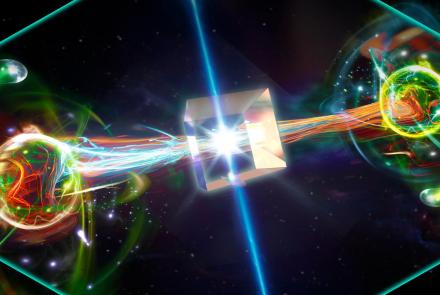
Why Did Quantum Entanglement Win the Nobel Prize in Physics?
S8 E31 - 14m 40s
The Nobel prize in physics is typically awarded to scientists who make sense of nature; those whose discoveries render the universe more comprehensible. But the 2022 Nobel has been awarded to three physicists who revealed that the universe is even stranger than we thought thanks to Quantum Entanglement.
-
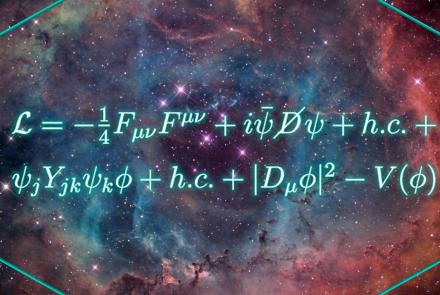
The Equation That Explains (Nearly) Everything!
S8 E30 - 15m 29s
The Standard Model of particle physics is arguably the most successful theory in the history of physics. It predicts the results of experiments with a numerical precision unmatched by any other branch of science, and it does so almost unfailingly. The theory is encapsulated in a single equation known as the Standard Model Lagrangian. We’re going to explain to you how it works!
-
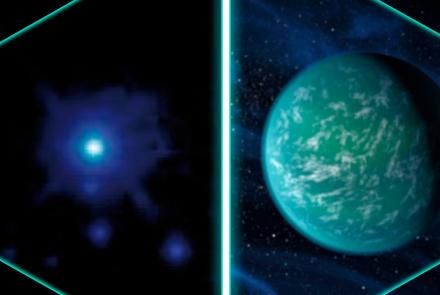
The Real Possibility of Mapping Alien Planets!
S8 E29 - 14m 59s
This is the craziest proposal for an astrophysics mission that has a good chance of actually happening. A train of spacecraft sailing the sun’s light to a magical point out there in space where the Sun’s own gravity turns it into a gigantic lens. What could such a solar-system-sized telescope do? Pretty much anything. But definitely map the surfaces of alien worlds.
-
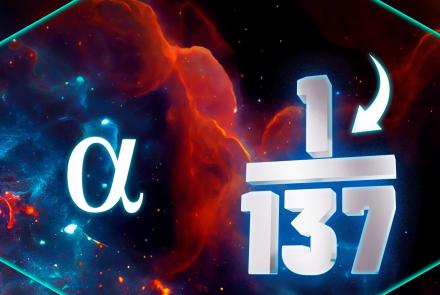
Why Is 1/137 One of the Greatest Unsolved Problems
S8 E28 - 14m 37s
The Fine Structure Constant is one the strangest numbers in all of physics. It’s the job of physicists to worry about numbers, but there’s one number that physicists have stressed about more than any other. That number is 0.00729735256 - approximately 1/137. This is the fine structure constant, and it appears everywhere in our equations of quantum physics, and we’re still trying to figure out why.
-
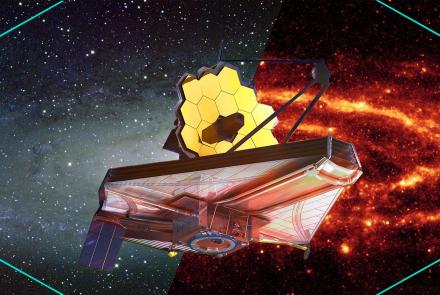
Science of the James Webb Telescope Explained!
S8 E27 - 12m
You’ve probably heard about the James Webb Space Telescope and seen some cool pictures. But why should astronomers have all the fun? How do we get to use this new toy ourselves?
-
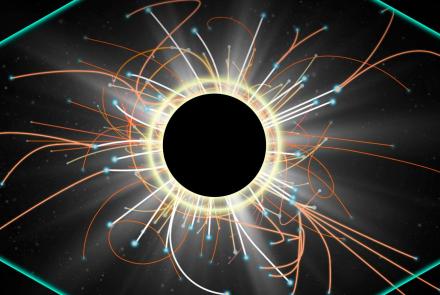
Could the Higgs Boson Lead Us to Dark Matter?
S8 E26 - 13m 42s
The discovery of the Higgs boson ten years ago in the Large Hadron Collider was the culmination of decades of work and the collaboration of 1000s of brilliant and passionate people. The discovery of the Higgs wasn’t the end of particle physics - but it may be the way forward. Many physicists think that the secret to finding the elusive dark matter particle will come by studying the Higgs.
-
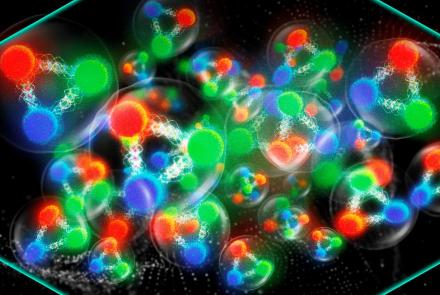
What Makes The Strong Force Strong?
S8 E25 - 15m 34s
Quantum mechanics gets weirder as you go to smaller sizes and higher energies. It’s strange enough for atoms, but positively bizarre when we get to the atomic nucleus. And today we’re going nuclear, as we dive into the weird world of quantum chromodynamics and the strong force.
WETA Passport
Stream tens of thousands of hours of your PBS and local favorites with WETA Passport whenever and wherever you want. Catch up on a single episode or binge-watch full seasons before they air on TV.
Similar Shows

Raw to Ready
Science and Nature

Life on the Reef
Science and Nature

Extra Life: A Short History of Living Longer
Science and Nature

Wonders of Mexico
Science and Nature

A Walk in the Park with Nick Mollé: Nature of the Beasts
Science and Nature

A Walk in the Park with Nick Mollé
Science and Nature

Out of Our Elements
Science and Nature
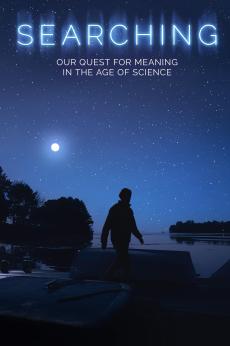
Searching: Our Quest for Meaning in the Age of Science
Science and Nature

Hot Mess
Science and Nature

A World Without NASA
Science and Nature